#426 Moving amid the mountains
Iron Road West: An Illustrated History of British Columbia’s Railways
by Derek Hayes
Madeira Park: Harbour Publishing, 2018
$44.95 / 9781550178388
Reviewed by Walter Volovsek
First published Nov. 17, 2018
*
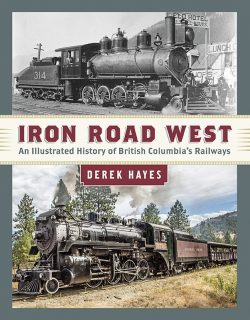 Derek Hayes’ latest venture into railway history is focused entirely on British Columbia. Although thus limited geographically, Hayes spins a very rich and comprehensive account of railway development in the province, from the first surveys for the “National Dream” that would bind us to the rest of Canada, to the final fruition of rail transport in largely automated modern trains and highly efficient urban transit systems.
Derek Hayes’ latest venture into railway history is focused entirely on British Columbia. Although thus limited geographically, Hayes spins a very rich and comprehensive account of railway development in the province, from the first surveys for the “National Dream” that would bind us to the rest of Canada, to the final fruition of rail transport in largely automated modern trains and highly efficient urban transit systems.
The first challenge is well presented. Politics stalled the development of our first transcontinental railway until the re-election of John A. Macdonald in 1878 and the subsequent contract between the dominion government and the newly incorporated Canadian Pacific Railway Company, signed in 1881.
As rails were advanced westward across the prairies Andrew Onderdonk tackled the difficult Fraser Canyon. The discovery in 1882 of a pass through the Selkirks by Major A.B. Rogers committed the line to a difficult penetration through the mountains and various challenges in tackling serious grades. Avalanches were another problem, especially in Rogers Pass. Much subsequent effort went into the construction of snow sheds and later tunnelling to remove the vulnerable line from the pass. While dealing with these difficulties, the railway company capitalized on the fabulous mountain scenery and constructed deluxe hotels to promote tourism.

The second decade of the 20th Century saw the birth of two more transcontinental railways: The Grand Trunk Pacific and the Canadian Northern. Both took advantage of the much gentler Yellowhead Pass across the continental divide that totally avoided the Selkirks. Grand Trunk Pacific boasted a grade no greater than 0.5 percent, compared with the 2.2 percent the CPR still had to contend with, even after various improvements. Its terminus at Prince Rupert has the advantage of being some 600 km closer to Asian destinations. The Great War created many additional problems for both lines leading them into bankruptcy and government takeover. They became components of the Canadian National Railway.
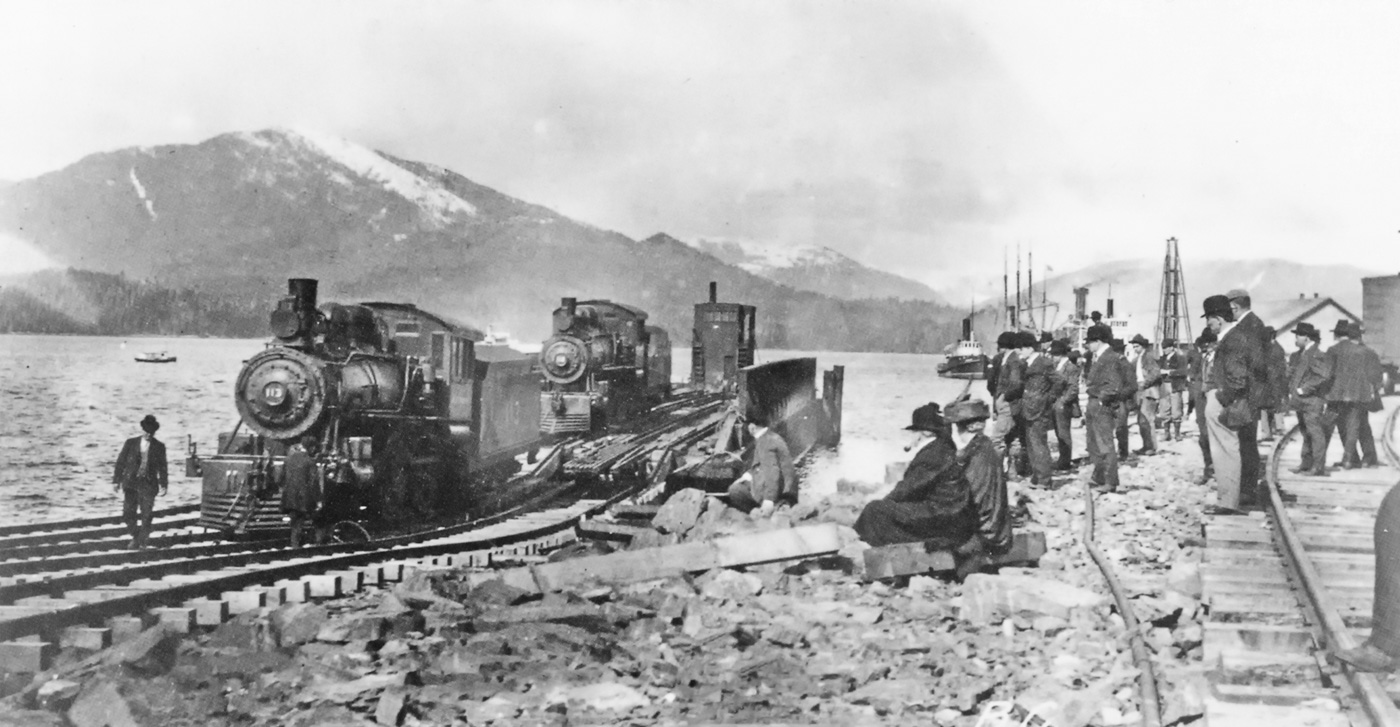
The same period saw the completion of the CPR southern line through the construction of the Kettle Valley Railway. Components of it had been built previously to take advantage of easier grades through the Crowsnest Pass, and the coalfields discovered nearby. The line initially ended at Kootenay Landing, with steamers filling the gap to Nelson. The very first part of the southern line was built from Sproat’s Landing, just across the Columbia River from my home, to Nelson. This was the line that CPR president Van Horne derided as “a railway from nowhere to nowhere.” The next link was provided by American smelter baron F.A. Heinze with his Columbia & Western charter. Those developments are well described in the book.
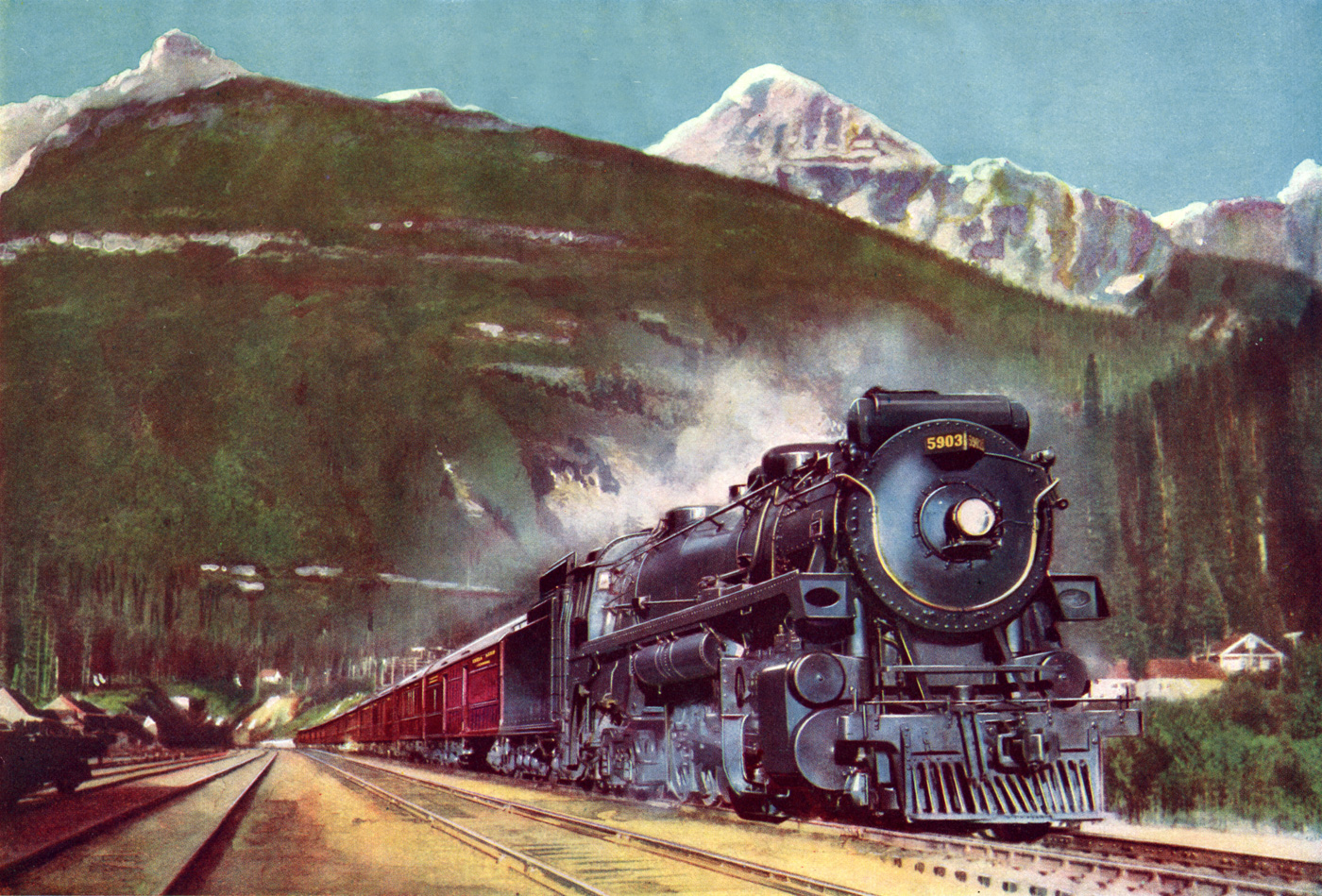
I must, however, express a bit of disappointment with the extension of the Columbia & Western Railway from West Robson to Midway being given only one line, and even that not being fully correct. Heinze completed his railway between Trail and West Robson in 1897, and this was a standard gauge line, unlike its steeper component that linked Trail to Rossland. Both were sold to the CPR the following spring, along with Heinze’s smelter, which proved exceedingly profitable to the railway company in the long run, giving it not only leverage to far-flung mining interests, but also to the control of power development on the Kootenay River.
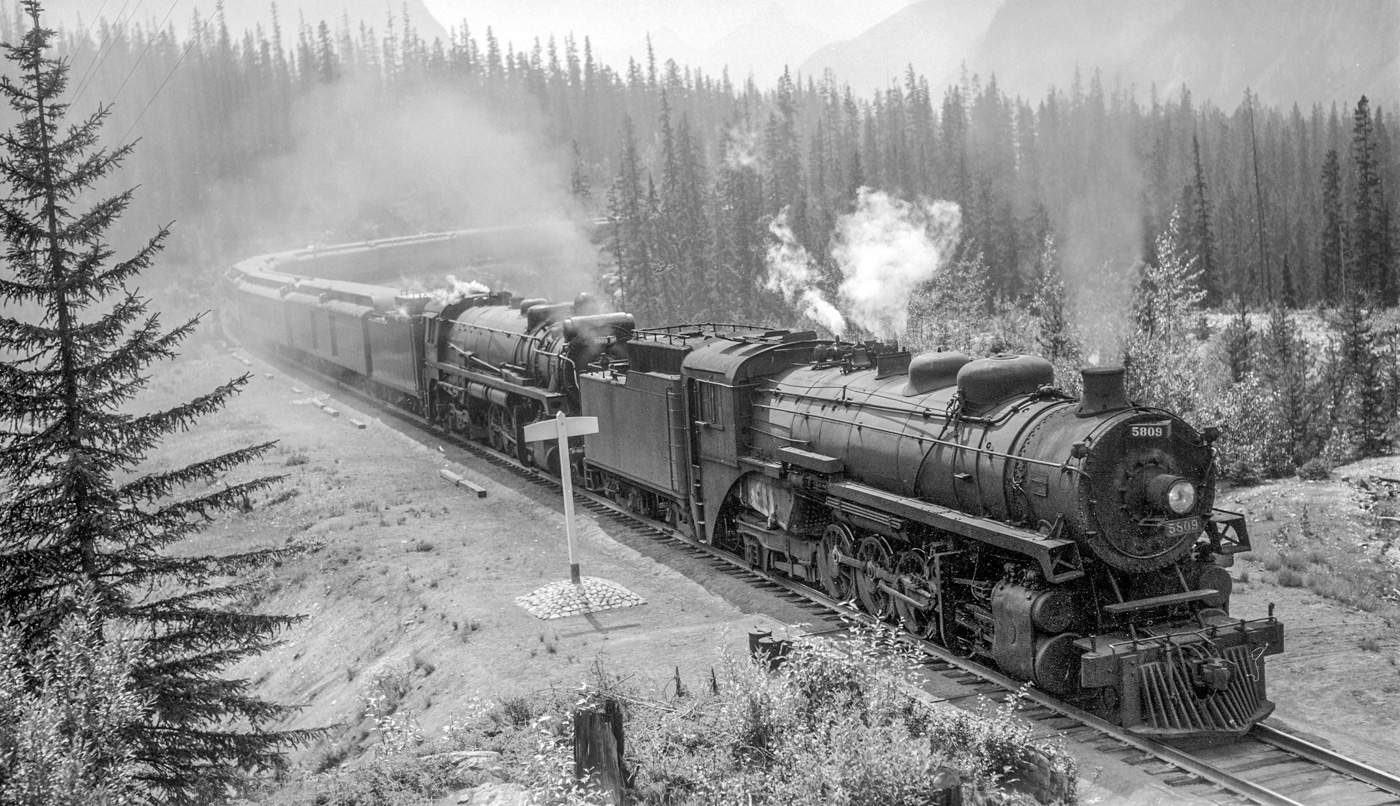
The extension of the line westward to tap the mineral wealth of the Boundary was an epic accomplishment all by itself. Astonishing trestles stapled it to the precipitous hillsides, and its admirable quarried stone retaining walls, bridge abutments, and culverts mirror the technical achievements on the mainline through Rogers Pass. When completed, Bulldog Tunnel was the longest in B.C. The line’s later extension (as the KVR) to the Okanagan and beyond failed to present those aspects of craftsmanship and durability. The Columbia River crossing (which joins the Columbia & Western with the Columbia & Kootenay) still displays those granite piers and bridge abutments, and features the turn span that is a twin of the one formerly incorporated in the Kitsilano trestle across False Creek, now gone.
Incidentally, the twinned Highway 3 tunnel near Greenwood (p. 149) was built in the 1960s to accommodate new road alignment. When it and the rail bed were removed some 30 years later, the original 1912 highway tunnel was exposed; it had been constructed through the original wooden trestle prior to both being buried by the fill. The older tunnel was left as a piece of heritage; it bears marks of the original trestle components. The two tunnels, however, were not linked in any way.
My interest in this line is admittedly biased, as I have been developing interpretive infrastructure for what is now the Columbia & Western Rail Trail. It and the line up the Slocan Valley were donated by the CPR to the Trans Canada Trail Society at the eleventh hour, and were instrumental in shifting what is now known as The Great Trail from the lacklustre Dewdney Trail to its much more scenic and historically richer competitor.
The complex evolution of the provincial railway, whose mandate was to tap the resources of central and northern B.C., is well documented. It was born as the Pacific Great Eastern under the McBride government in 1912, and — crippled by the Great War — was taken over by the government of his successor. Up to that time it consisted of two disconnected segments: a working line between North Vancouver and Whytecliff, and a segment being pushed northward from Squamish. The southern segment was closed in 1928, while the northern segment was advanced gradually until work was stopped 30 km short of Prince George and the rails removed back to Quesnel. That section was rebuilt and tracks connected to Prince George in 1952.
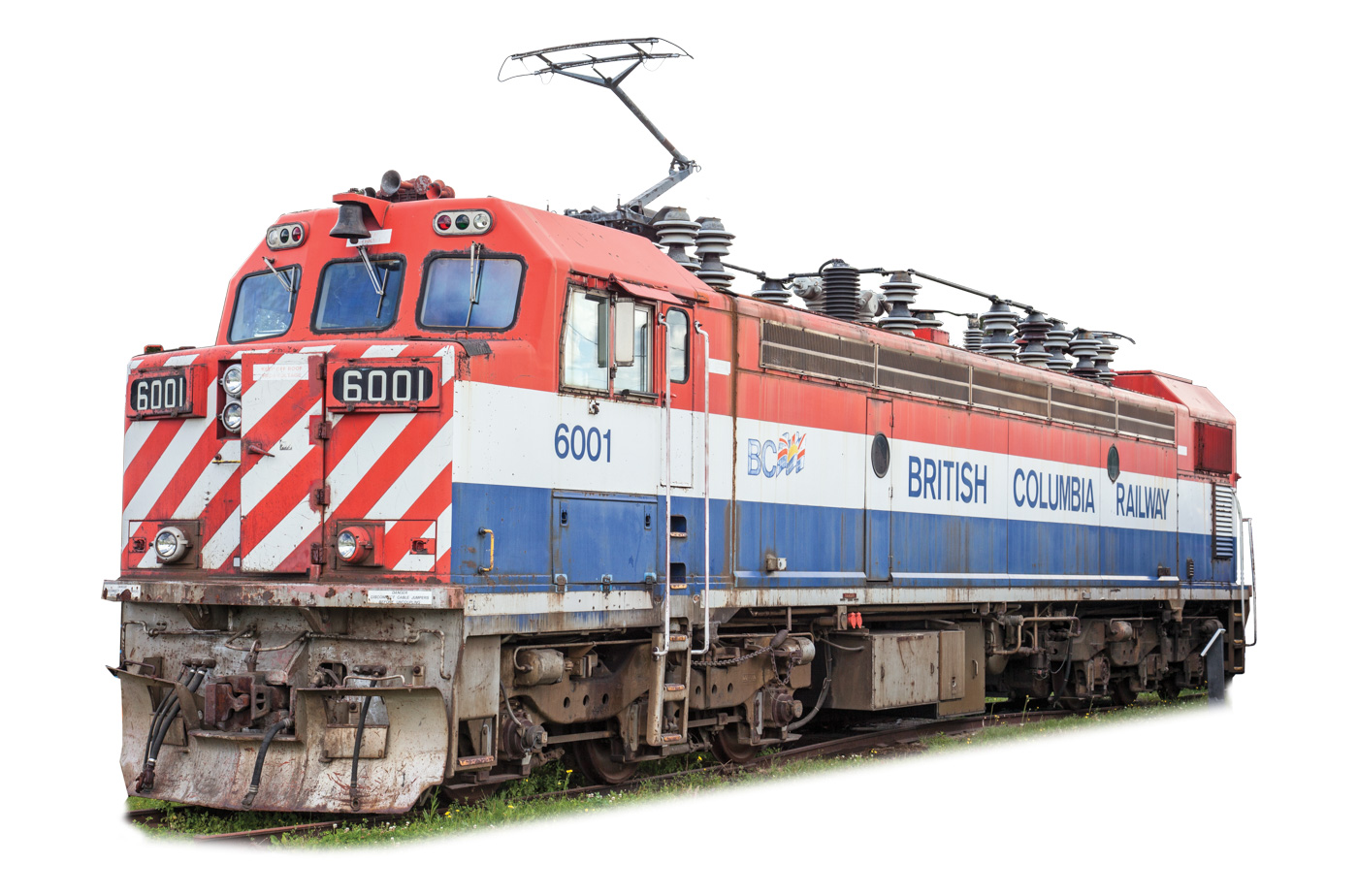 The missing segment along Howe Sound was blasted from the precipitous mountainside by 1956, and West Vancouver residents were chagrined to have to revert to the disruption of train traffic again, much of it now industrial. The government of W.A.C. Bennett pushed the line further north to keep competing railways from tapping the vast resources of northeastern B.C. from Alberta. Feeder lines were built in all directions, and an extension pushed into the northwest corner. In 1972 the name was changed to the British Columbia Railway. The transformation was completed when the provincial government sold the line to Canadian National in 2004.
The missing segment along Howe Sound was blasted from the precipitous mountainside by 1956, and West Vancouver residents were chagrined to have to revert to the disruption of train traffic again, much of it now industrial. The government of W.A.C. Bennett pushed the line further north to keep competing railways from tapping the vast resources of northeastern B.C. from Alberta. Feeder lines were built in all directions, and an extension pushed into the northwest corner. In 1972 the name was changed to the British Columbia Railway. The transformation was completed when the provincial government sold the line to Canadian National in 2004.
Although most railways discussed are standard gauge lines, there were some notable exceptions. J.J. Hill managed to put the Kaslo & Slocan Railway directly into Sandon, ahead of the CPR. The line, however, did not last long as natural disasters and a forest fire put an end to the operation in 1910. The CPR rebuilt part of the line at a lower elevation, converted the remainder to standard gauge and connected it to their line from Nakusp at Three Forks.
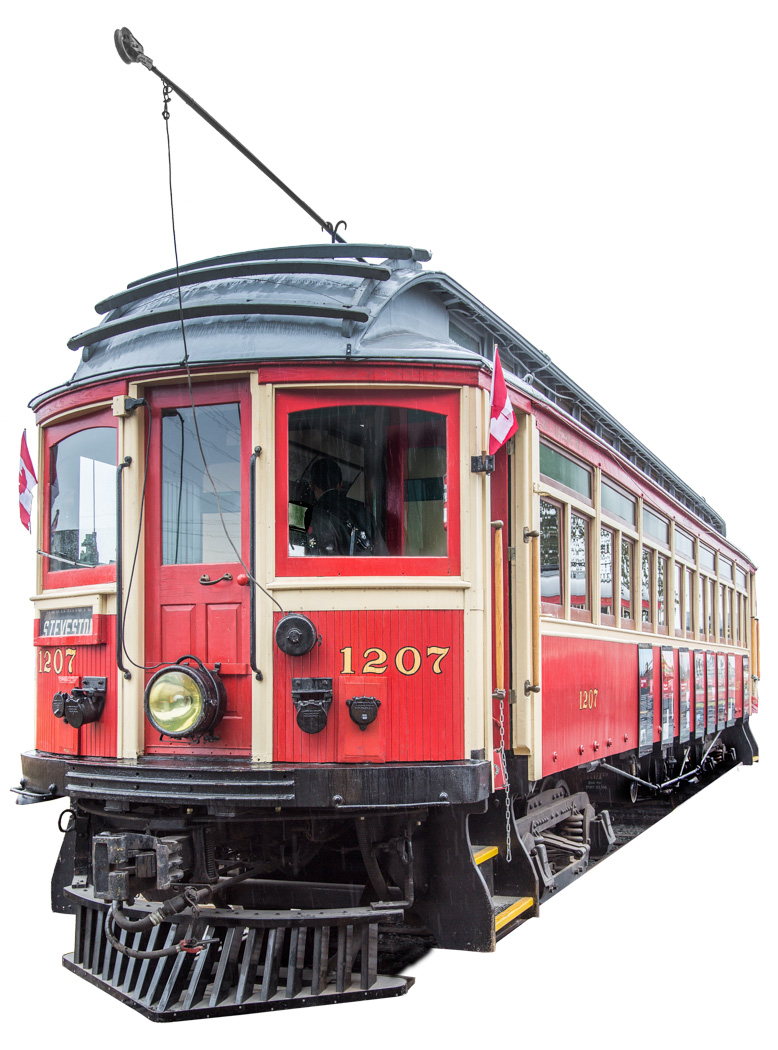
Another narrow gauge railway was the White Pass & Yukon Railway, built to provide easier access to the Yukon gold fields from the head of Lynn Canal. It required three separate charters as it passed through three jurisdictions. The Klondike gold rush was winding down by the time it was completed to Whitehorse in 1900; however there was enough demand to keep it in operation. Part of the line is still in service as a heritage railway.
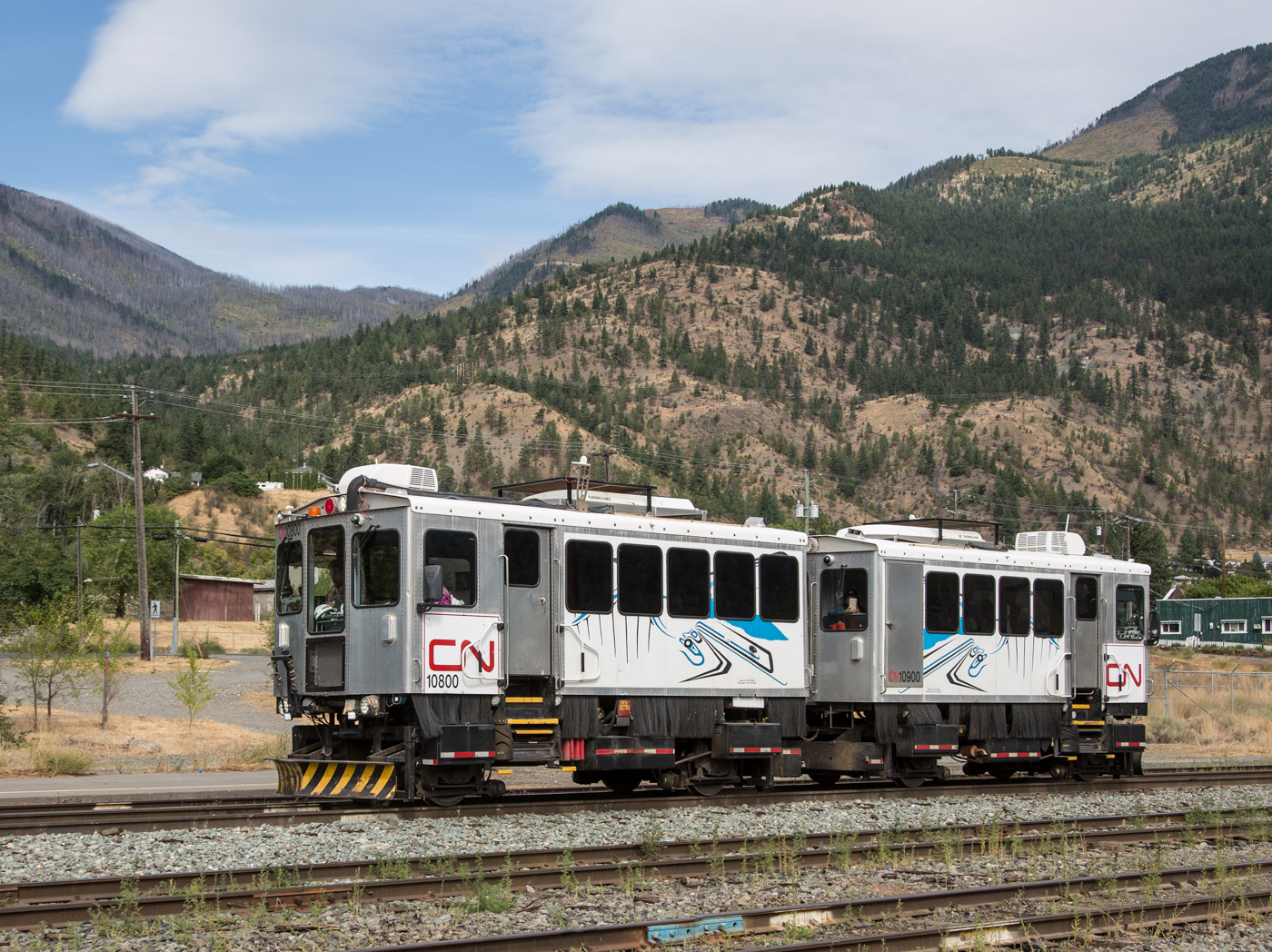
This encyclopaedic work includes chapters on all aspects of railway development. The application of the steam locomotive to specialized industrial applications such as mining and logging is well documented in a dedicated chapter. Specialized locomotives were utilized to follow the tighter curves and uneven grades of the more primitive and transient logging railways. Greater torque was supplied to the traction wheels by geared drive shafts, resulting in more pulling power. Three basic designs were employed; of these, the Shay locomotive is probably best known. Underground mining applications had to consider the possibility of explosion and for that reason steam power was out. Traction engines were either electric or run by compressed air contained in a large tank.
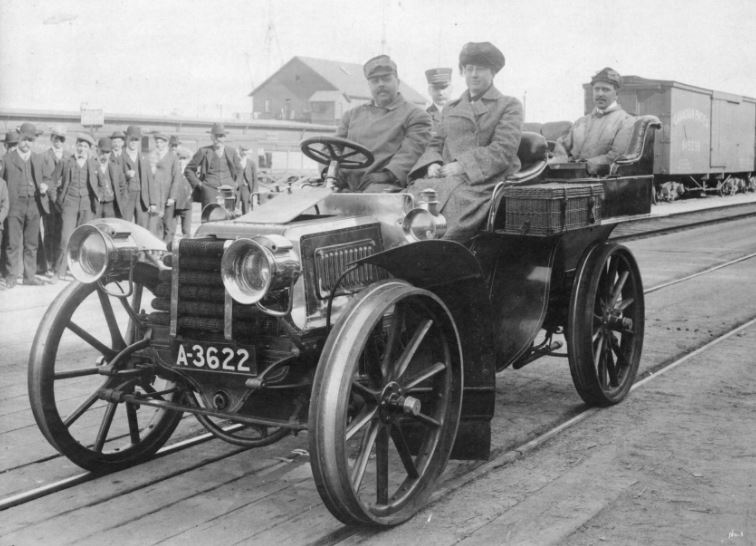

Many intriguing details about the silk trains (which took priority over everything else), armoured trains (to fight off a Japanese invasion), and other types of special trains are presented to amuse the reader. In this category, Charles Glidden’s special train from Minneapolis to Vancouver takes the cake. He had his motor car fitted with flanged wheels and drove it all the way, with the mandatory conductor along.
Having produced various atlases of historic maps, it is only natural for Derek Hayes to include a well-chosen collection. I had to rig up a strong magnifying glass to examine the finer details, but the cartography adds another dimension to this comprehensive work. Also in this category are a couple of sections called Tracing the Path of an Old Railway, where the author matches information gleaned from old maps to the current landscape. Photographs match the current views to locations on the long-vanished rail lines.
The book ends triumphantly in the section “A Legacy Preserved.” Many excellent colour photographs document the preservation of railway history in B.C., from still functioning heritage trains to exotic static displays of rolling stocks and other artefacts in railway museums. It is obvious that Hayes is not only extremely knowledgeable in all aspects of railroading, but is also an accomplished photographer. Perfect composition, great lighting, and sharp focus are characteristic of his photographs, not all of which were taken under ideal conditions. Their skilful arrangement in the book is a feast for the eye.
Iron Road West: An Illustrated History of British Columbia’s Railways is not only a worthy addition to the reference library of the seasoned railway buff, but it also serves as an intriguing coffee table conversation prop for the amateur historian.
*

After studying medicine and managing the biology labs at Selkirk College for 24 years, Walter O. Volovsek retired to a second voluntary career: developing walking and ski touring trails for the Castlegar community. Most of these are also presented to the user as conduits into the past by means of interpretive signage and related essays on his website www.trailsintime.org. This led to connections with descendants of important Castlegar pioneers, and in 2012 Walter self-published his biography of Castlegar founder Edward Mahon, The Green Necklace: The Vision Quest of Edward Mahon (Otmar Publishing, 2012). Mahon was also known for his legacy of parks and greenways in North Vancouver. Walter has also written a book on his trail-building efforts, Trails in Time: Reflections (Otmar, 2012), and has been commissioned to develop signs in key locations including Castlegar Millennium Park, Castlegar Spirit Square, and Brilliant Bridge Regional Park. Walter currently writes a history column for the Castlegar News.
*
The Ormsby Review. More Books. More Reviews. More Often.
Editor/Designer/Writer: Richard Mackie
Publisher/Writer: Alan Twigg
The Ormsby Review is a journal service for serious coverage of B.C. books and authors, hosted by Simon Fraser University. The Advisory Board consists of Jean Barman, Robin Fisher, Cole Harris, Wade Davis, Hugh Johnston, Patricia Roy, David Stouck, and Graeme Wynn. Scholarly Patron: SFU Graduate Liberal Studies. Honorary Patron: Yosef Wosk. As of September, 2018, Provincial Government Patron: Creative BC
“Only connect.” – E.M. Forster

2 comments on “#426 Moving amid the mountains”
Comments are closed.